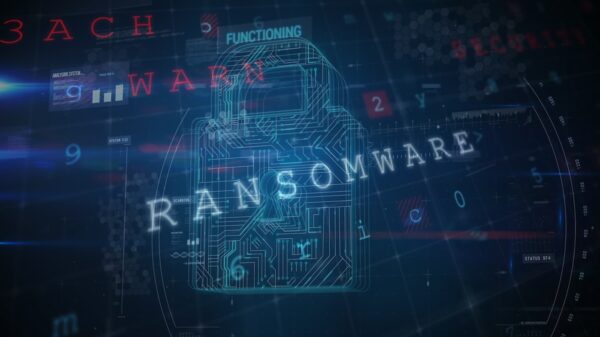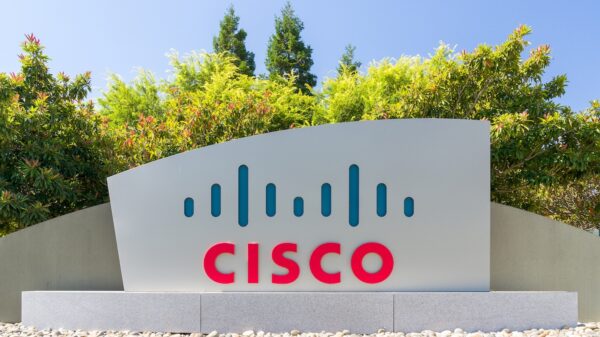The National Institute of Standards and Technology (NIST) has published guidelines for application whitelisting, saying that automation can help companies prevent malicious software from breaching their networks. The Guide to Application Whitelisting (Special Publication 800-167) provides information on the basics of the technology, while also offering step-by-step instructions for organizations willing to implement it.
According to the publication, automated application whitelisting helps businesses regulate the software that can be loaded onto their systems, thus improving security.
NIST also notes that application whitelisting is only one of the manners in which companies can prevent malware infections, and that other security technologies can complement it as part of an enterprise’s defense-in-depth resources.
The Institute also suggests that companies should use modern whitelisting programs to stop or prevent cyber-threats. When taking advantage of automated application whitelisting, IT managers can create sets of trusted applications that can be used within the enterprise environment. This approach helps them minimize security threats by preventing employees or other users from downloading or installing software that could include malware and security flaws.
While whitelisting has clear benefits, it is no silver bullet, as advanced persistent threat (APT) groups often use perfectly legitimate tools in their campaigns.
“Whitelisting by itself is built on archaic criteria for trust proven obsolete by experience dealing with advanced and even intermediate threat actors. If execution in your system is not locked down by default deny application controls, your tools are also your attackers’ tools,” Juan Andres Guerrero-Saade of Kaspersky Lab’s Global Research and Analysis Team told SecurityWeek earlier this year.
Employees should be encouraged to use only authorized software programs, though they could also be allowed to download a new version of their operating system or of an application before it has been analyzed for malware or vulnerabilities. With application control programs that do not interfere with antivirus and intrusion detection systems, the process of testing and approving software updates should be accelerated, the guide said.
NIST claims that large organizations with managed enterprise environments can benefit the most from application whitelisting and recommends they deploy the technique using a phased approach.
Companies are also advised to perform a risk assessment to determine whether automated whitelisting is appropriate for them. Next, they should test a whitelisting process in monitoring mode to identify issues without disrupting operations, and only when all problems are eliminated they should start the gradual implementation of automated whitelisting across the organization.
NIST has published similar guides in the past, such as the Guide to Threat Information Sharing, released a year ago. In September, the Institute announced $3.7 million in grants for three pilot projects aimed at improving the online security and privacy for various industries.
















